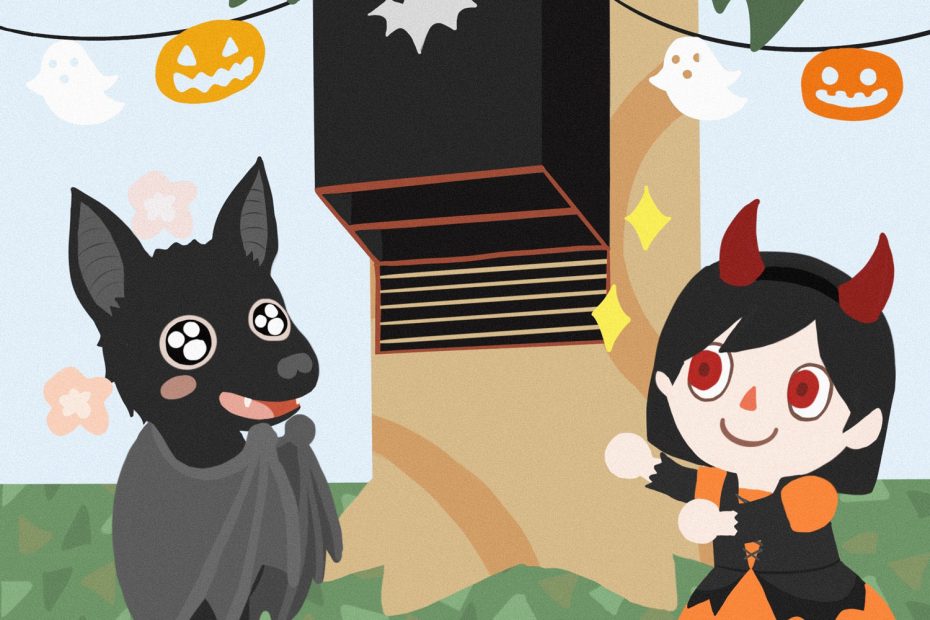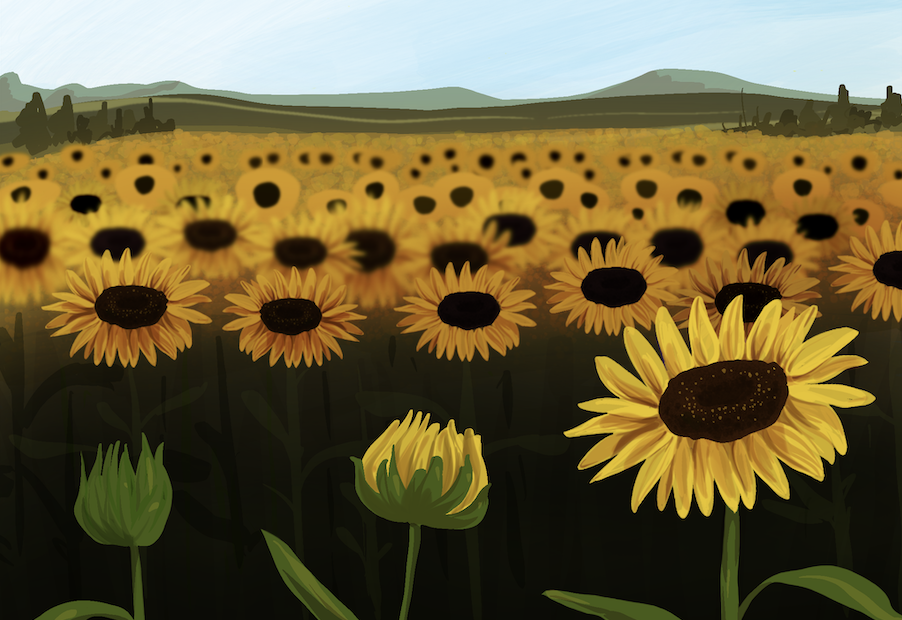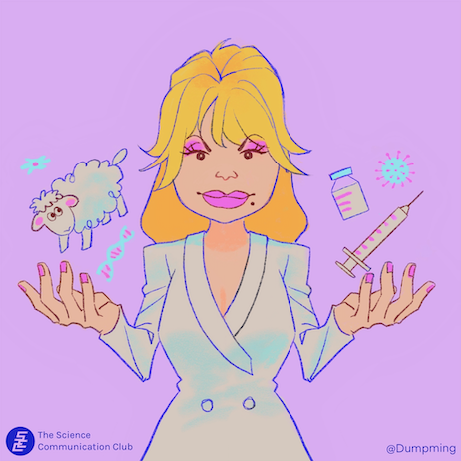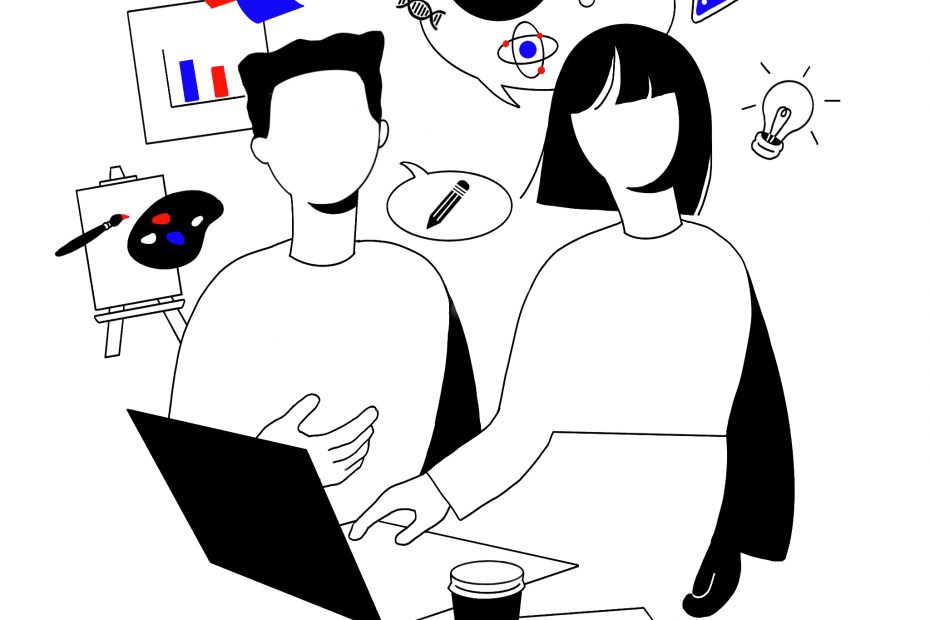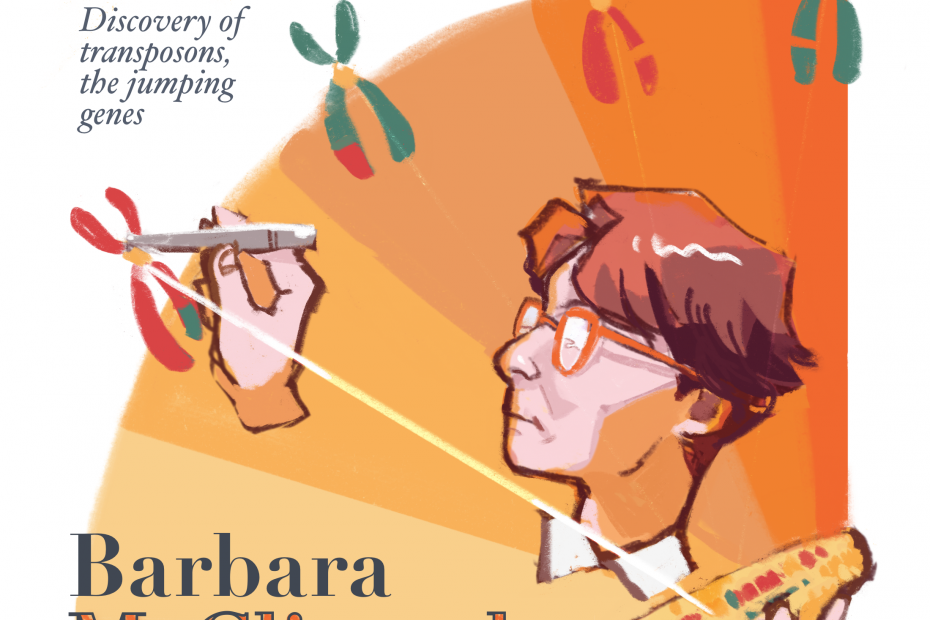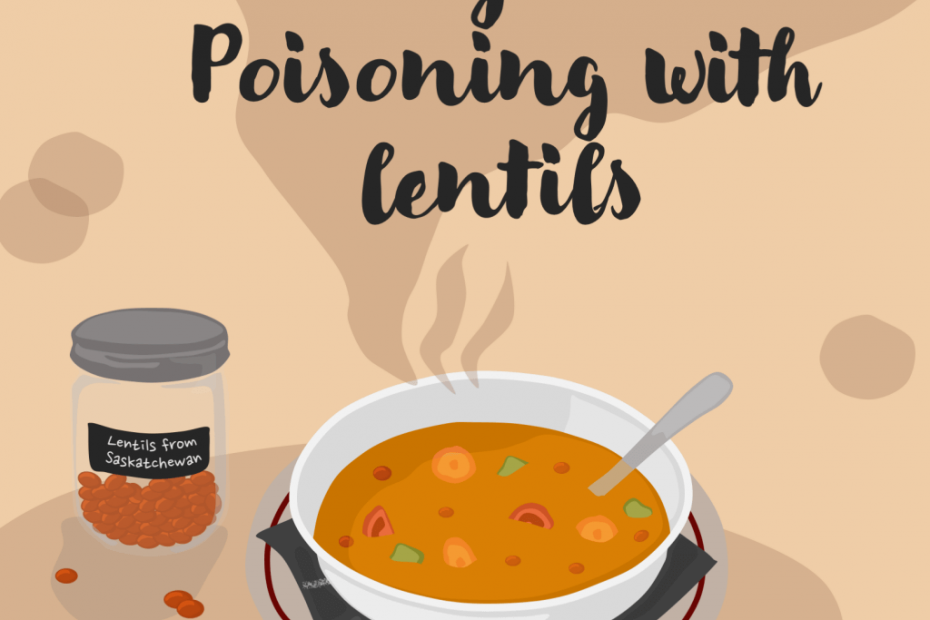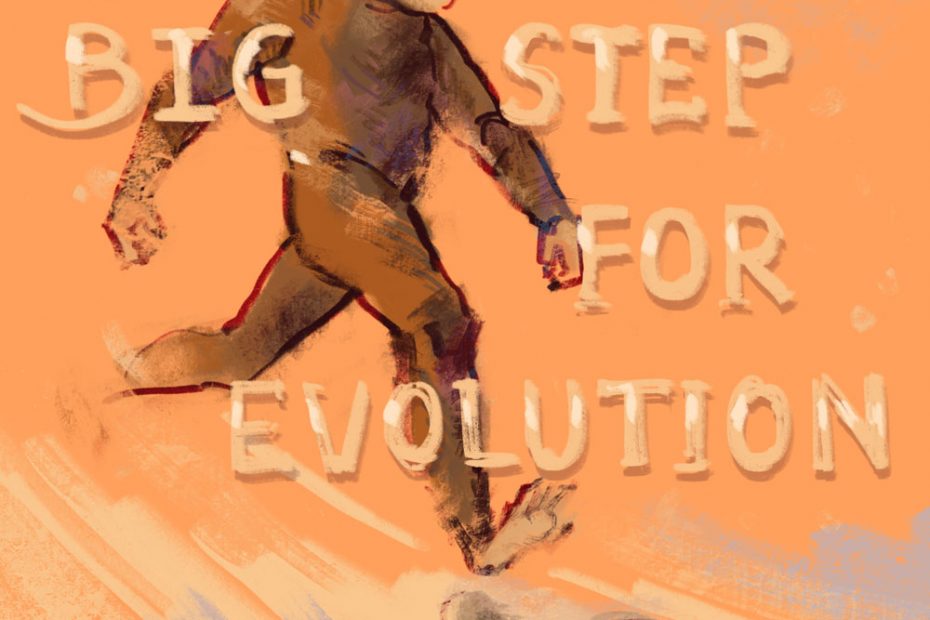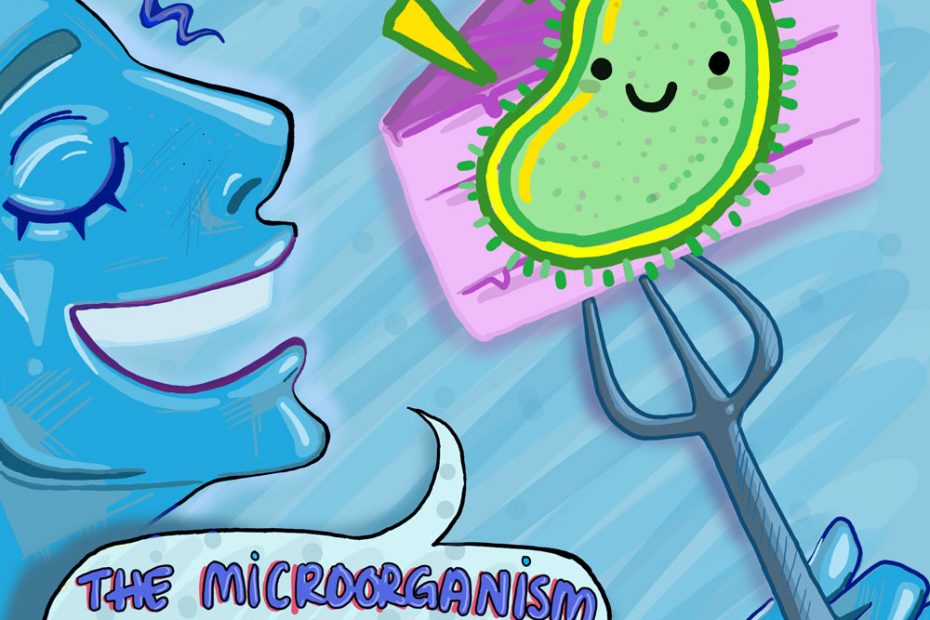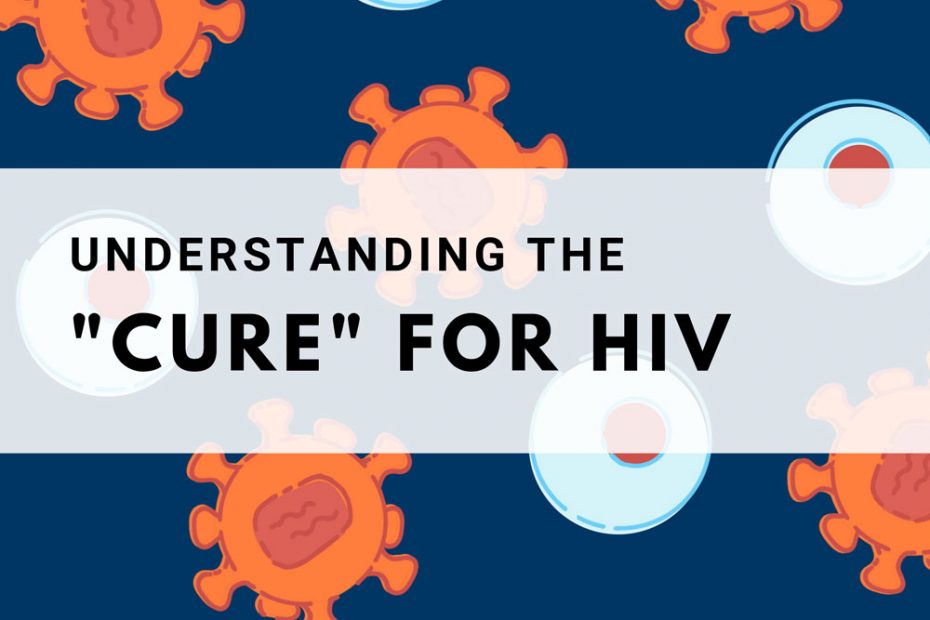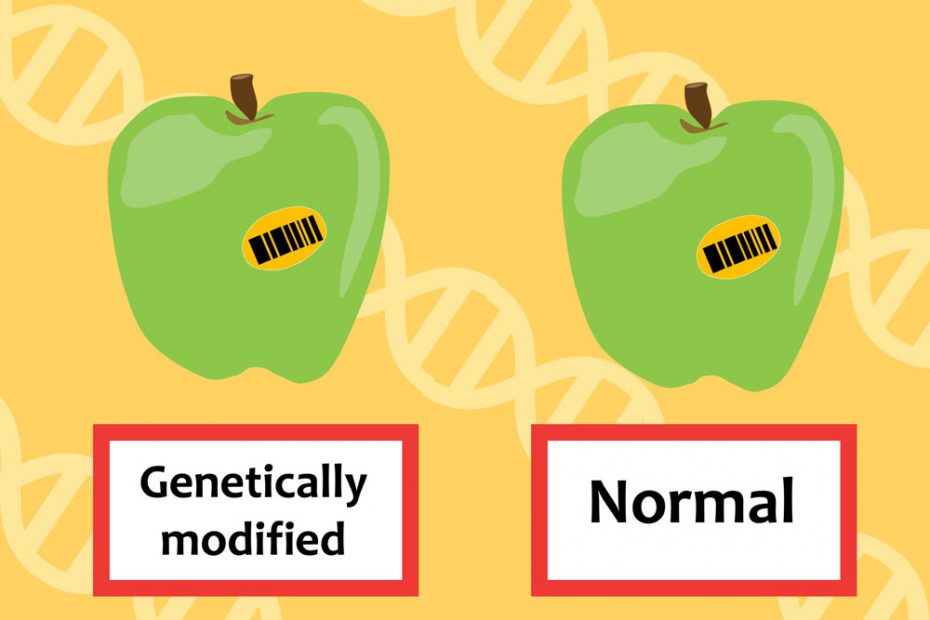Protecting Bats: Not so Spooky After All
Bats are possibly one of the most misunderstood and misrepresented animals of all. For centuries, bats have been and still are associated with darkness, death and the unknown. But bats don’t deserve the scary persona they have been given. If they’re actually good to have around, how can we help them thrive?
